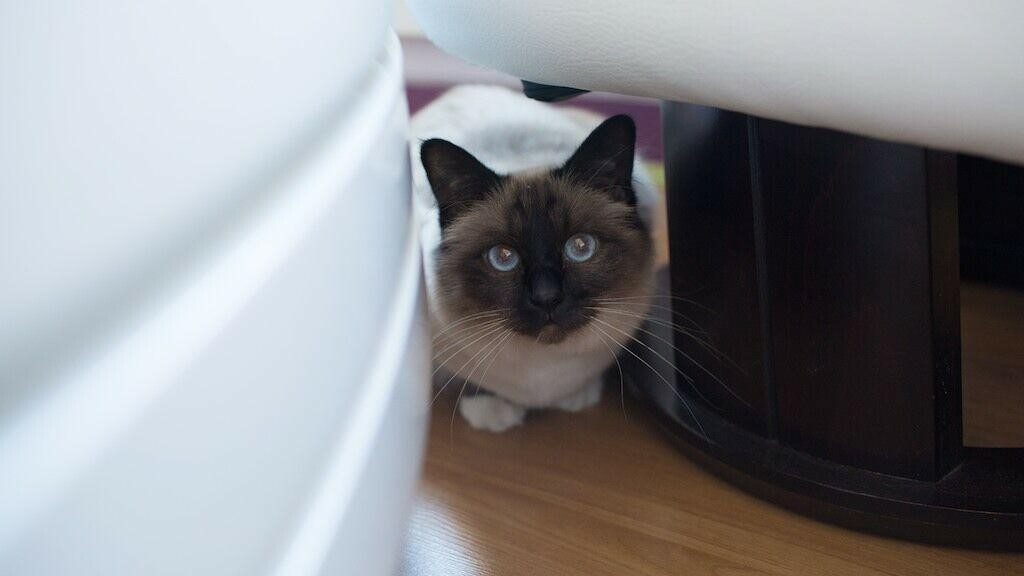Do you wonder why is your cat stressed?
Cats can be very sensitive creatures and may often become anxious or worried by things in their environment or by the way people interact with them.
Your cat experiences stress as a natural response to avoid harm or an immediate threat, it’s an acute stress response that releases the fight or flight response. The fear from the impending threat and the stress response triggers the cat to fight if possible or escape the situation. This acute stress response is short and once the perceived threat ends the cat will reduce stress and go back to normal responses.
How to know if your cat is stressed
It’s best to remove all possible threats or anything that could cause worry to your cat in the first place. Your cat’s body language will change during these stresses and you’ll notice your cat’s ears may be laid back flat, the pupils dilated, the cat may crouch down and vocalise. More drastic body language may be fleeing, looking for exits and escaping, hiding, growling and hissing. It’s important to look out for your cat’s body language and signs of stress.
Stress in cats so often leads to problem behaviours, things you may see include:
- Hiding
- Lose of appetite
- Over-eating
- Increased vocalising, or a pitch change
- Spraying urine
- Scratching furniture and items in the home
- A noticeable change in personality
- Behaving aggressively.
Keeping an eye on your cat’s behaviour and body language and physical health to address stress and anything out of character can quickly identify the issue and stress and therefore get to a solution quicker. Therefore a vet visit is important, especially if you are worried your cat is stressed, visit your veterinarian to check your cat is healthy and that they don’t have any medical issues causing stress and are not in pain.
How you can help
Don’t worry, there is a solution and you can implement many environmental modifications around the home to help manage and reduce stress in your cat.
- Ensuring there are resources freely available and enough at all times – this includes water, food, litter trays etc. It is also important that you have enough for all the cats in your household as not all cats are great at sharing.
- Removing stimuli and triggers of stress and creating the most comfortable environment as possible.
- Plug in a FELIWAY Optimum The diffuser will release serenity messages that create a comforting home and help prevent unwanted signs, such as spraying, scratching or hiding. Nurturing your relationship and alleviating stress for your cat.
- Create a safe haven, this place should be super comfy for your cat, have lots of blankets, and bedding available, to try make it as cosy as possible. Cats may also like to hide when stressed or sleep high up to make them feel safe. So having elevated perches or safe hiding spots can also help in making your cat feel calm.
If the above does not work for your cat, seek professional behaviour advice. By consulting a suitably qualified cat behaviour professional they will be able to help you and provide more detailed advice tailored to your cat and their situation.
Blog sponsored by CEVA.
